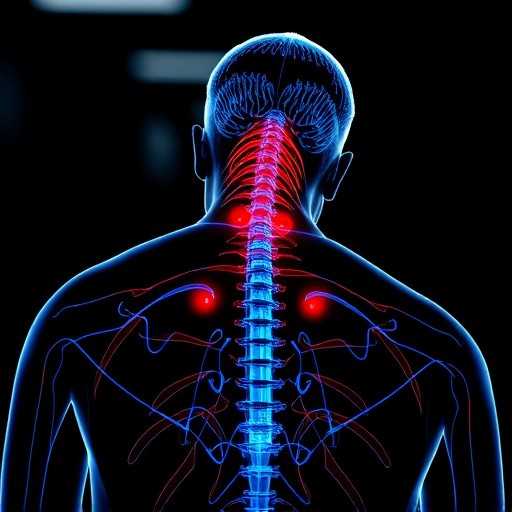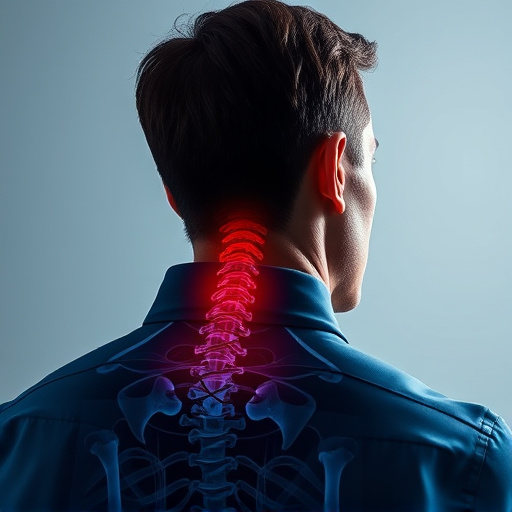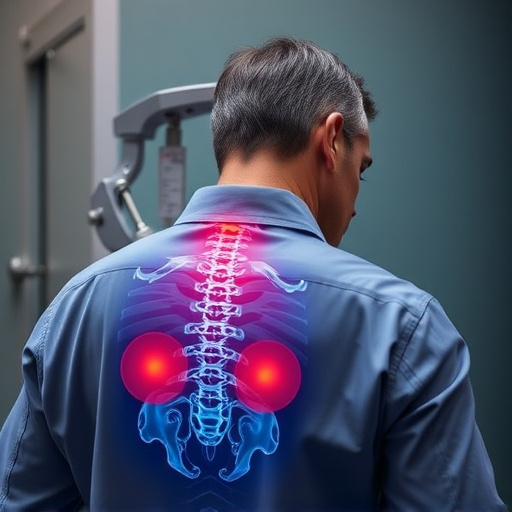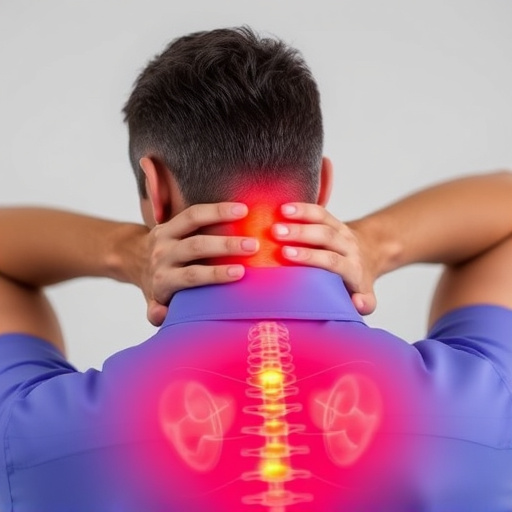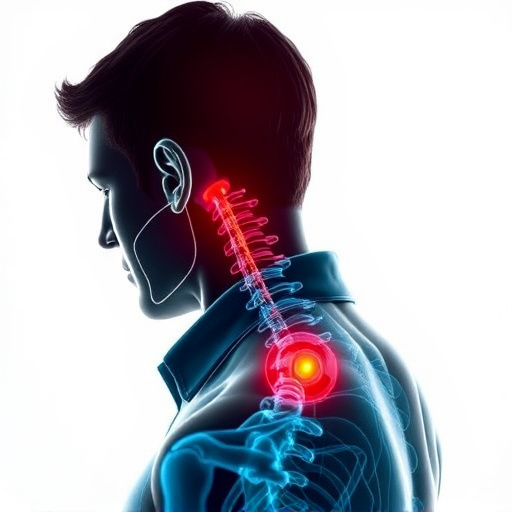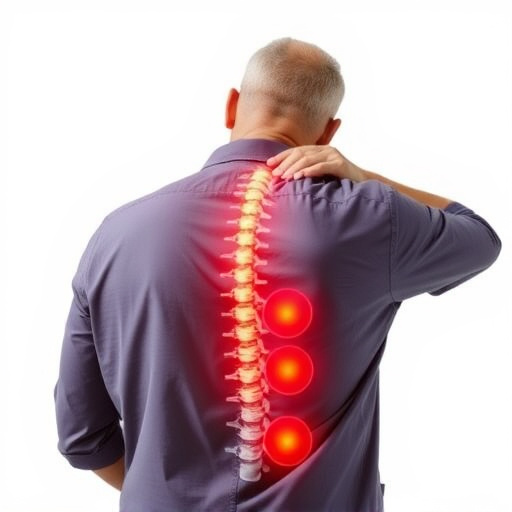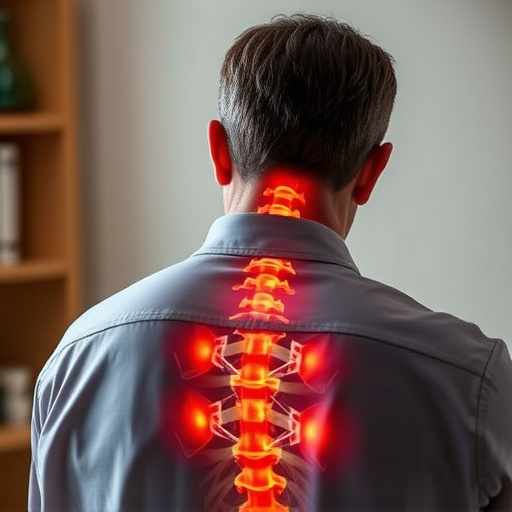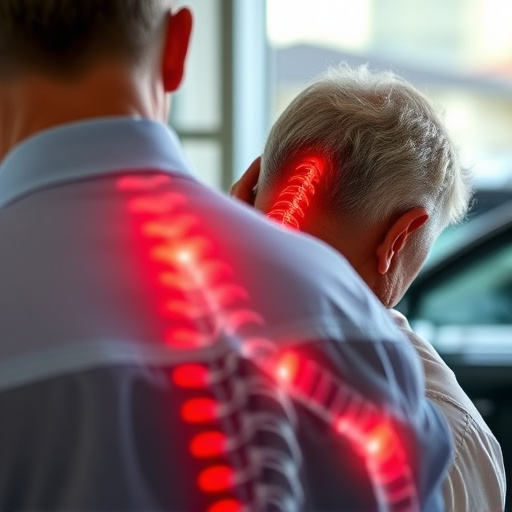Neck and back pain, caused by various factors from muscular strain to structural issues, significantly impacts daily life. Effective recovery programs, personalized based on individual needs, combine physical therapy, medication, and lifestyle adjustments like exercise and stress management. Non-invasive techniques such as chiropractic care, ultrasound, and laser treatments are popular choices for natural pain management. Physical therapy exercises restore strength and mobility, while holistic practices like yoga and ergonomic workspaces prevent future injuries. For severe cases, mental health support is crucial to address anxiety and depression that may accompany prolonged recovery periods.
Recovering from an injury can be a challenging journey, especially when dealing with persistent neck and back pain. This comprehensive guide explores effective strategies for holistic recovery, focusing on alleviating neck and back pain relief. We delve into understanding the root causes and impact of such injuries, emphasizing the importance of personalized recovery plans. From non-invasive treatments to physical therapy and lifestyle adjustments, this article offers valuable insights for a successful rehabilitation process, ensuring long-term wellbeing.
- Understanding Neck and Back Pain: Causes and Impacts
- Creating a Personalized Recovery Plan
- Non-Invasive Treatment Options for Relief
- Physical Therapy: Restoring Strength and Mobility
- Lifestyle Adjustments for Long-Term Wellbeing
- Mental Health Support in the Rehabilitation Process
Understanding Neck and Back Pain: Causes and Impacts
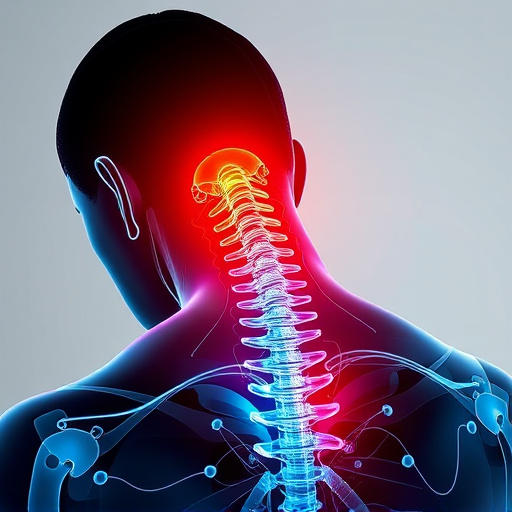
Neck and back pain is a prevalent issue that can significantly impact an individual’s daily life and overall well-being. The causes are diverse, ranging from muscular strain to structural abnormalities, such as slipped discs or spinal misalignments. These conditions can arise from various activities like improper lifting techniques, sports injuries, accidents, or even prolonged periods of poor posture.
The effects of neck and back pain can be severe. It may lead to reduced mobility, chronic discomfort, and disruptions in sleep patterns. Many individuals experience difficulty performing daily tasks, which can cause stress and negatively impact their mental health. Effective recovery programs are essential to provide much-needed relief and restore function.
Creating a Personalized Recovery Plan
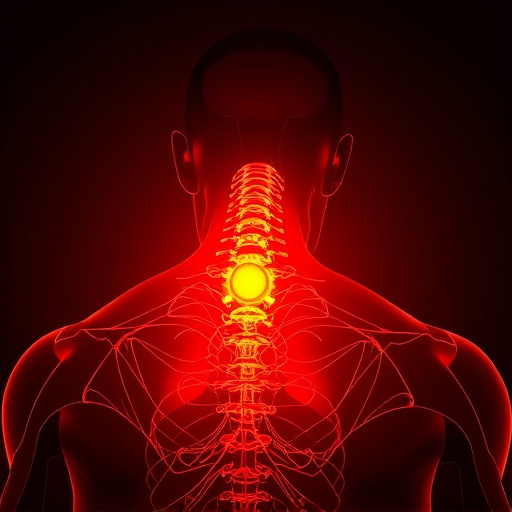
Creating a personalized recovery plan is essential for effective management of neck and back pain relief. Every individual’s injury and recovery journey is unique, so tailoring a program to specific needs ensures optimal results. Healthcare professionals play a pivotal role in this process by assessing the extent of the injury, understanding the patient’s history, and considering any underlying conditions. Based on these factors, they can design a plan encompassing various modalities like physical therapy, medication, and lifestyle adjustments.
This customized approach allows for targeted interventions. For instance, exercises focusing on strengthening core muscles can provide neck and back pain relief by improving posture and stability. Additionally, incorporating stress management techniques, such as yoga or meditation, can aid in reducing muscle tension and promoting overall well-being. Regular evaluation and adjustments to the recovery plan are crucial, ensuring that it remains effective and aligned with the patient’s progress.
Non-Invasive Treatment Options for Relief
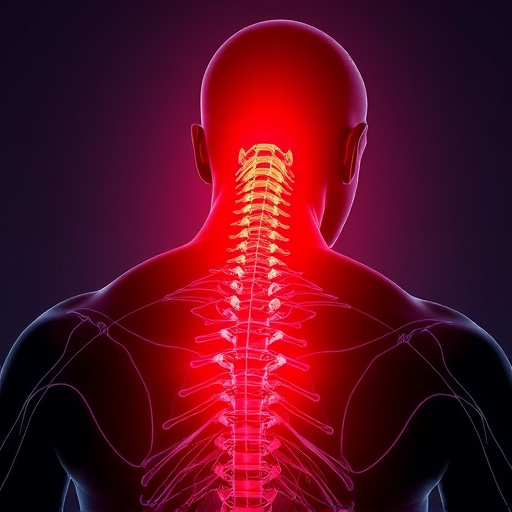
Non-invasive treatment options play a pivotal role in comprehensive recovery programs, offering effective solutions for managing neck and back pain relief. Techniques such as physical therapy, chiropractic adjustments, and ultrasound or laser treatments are increasingly favored due to their minimal side effects and ability to stimulate healing without intrusion.
These alternative methods focus on natural pain management, targeting specific areas of discomfort while promoting overall well-being. For instance, physical therapy includes exercises tailored to strengthen muscles supporting the spine, improving posture and flexibility. Chiropractic care adjusts the spine to reduce nerve compression, alleviating pain and enhancing mobility. Ultrasound and laser therapies promote blood circulation, reducing inflammation and accelerating tissue repair for lasting neck and back pain relief.
Physical Therapy: Restoring Strength and Mobility
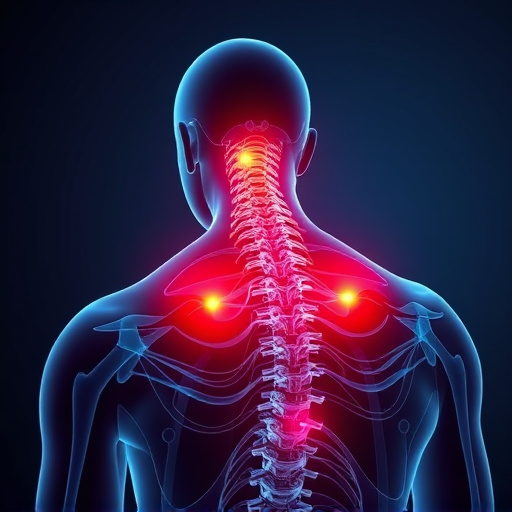
Physical therapy plays a pivotal role in comprehensive recovery programs, especially for individuals suffering from neck and back pain. Skilled therapists employ tailored exercises and techniques to restore strength and mobility in affected areas. The process begins with an assessment to identify the root causes of pain and design a personalized treatment plan.
Through careful manipulation and guided movements, physical therapy helps reduce inflammation, improve circulation, and promote tissue healing. Exercises focusing on stretching, strengthening, and balance can significantly alleviate neck and back pain relief, enhancing overall functionality and quality of life. This holistic approach not only addresses immediate symptoms but also empowers individuals with long-term strategies to prevent recurring injuries.
Lifestyle Adjustments for Long-Term Wellbeing
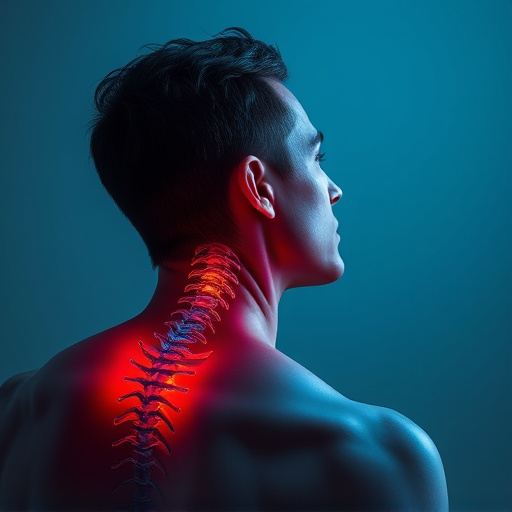
Recovering from an injury often requires more than just treating the physical wound; it’s a journey towards long-term wellness that involves significant lifestyle adjustments. For individuals struggling with persistent neck and back pain, these changes can be transformative. One key aspect is adopting a holistic approach that integrates gentle exercises, such as yoga or swimming, which promote flexibility and strength without putting excessive strain on the body.
Additionally, prioritizing good posture during daily activities—from sitting at a desk to lifting objects—is essential for managing and preventing further discomfort. Creating an ergonomic workspace and taking regular breaks can significantly alleviate neck and back pain. Furthermore, stress management techniques like meditation or deep breathing exercises can be powerful tools, as chronic stress often exacerbates physical pain. Making these adjustments not only aids in recovery but also ensures a higher quality of life post-injury.
Mental Health Support in the Rehabilitation Process

In many cases, severe injuries can lead to both physical and mental health challenges, especially when dealing with prolonged recovery periods. The rehabilitation process should address these multifaceted needs, focusing on more than just physical therapy for neck and back pain relief. Mental health support plays a pivotal role in comprehensive recovery programs, ensuring individuals receive holistic care. This includes counseling and psychotherapy sessions tailored to help patients cope with anxiety, depression, or post-traumatic stress that may arise from their injuries.
Rehabilitation centers often employ mental health professionals who work collaboratively with physical therapists and other medical staff to create individualized treatment plans. These plans may incorporate mindfulness practices, cognitive behavioral therapy, or support groups to facilitate emotional well-being alongside physical rehabilitation. By integrating mental health services, recovery programs aim to enhance overall patient satisfaction, adherence to treatment protocols, and positive outcomes in managing neck and back pain relief as well as psychological resilience.







